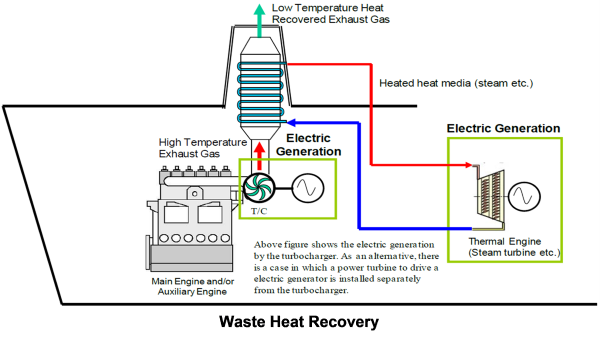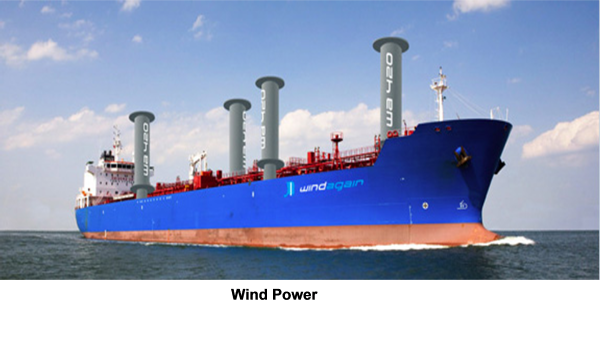Draft Guidelines for innovative energy efficiency technologies
The purpose of this guidance is to assist manufacturers, shipbuilders, ship-owners, verifiers and other interested parties related to Energy Efficiency Design Index (EEDI) of ships to treat innovative energy efficiency technologies for calculation and verification of the attained EEDI [MEPC.1/Circ.815].
Categorization of technologies
Innovative energy efficiency technologies are allocated to category (A), (B) and (C), depending on their characteristics and the way they influence the EEDI formula. Furthermore, innovative energy efficiency technologies of category (B) and (C) are categorized to two sub-categories (category (B-1) and (B-2), and (C-1) and (C-2), respectively).
- Category (A): Technologies that directly influence and shift the ship speed-power curve, which results in the change of combination of Propulsion Power (PP) and Vref. For example, such technologies at constant Vref can lead to a reduction of PP; or for a constant PP they could lead to an increased Vref. All technologies that directly impact the ship hydrodynamics could have such impacts.
- Category (B): Technologies that reduce the PP, at a Vref, but do not generate electricity. The saved energy is counted as Peff. Category (B-1): Technologies which can be used at all times during the operation (e.g. hull air lubrication) and thus the availability factor (feff) should be treated as 1.00.
- Category (B-2): Technologies which can be used at their full output only under limited conditions and periods (e.g. wind power). The setting of availability factor (feff) should be less than 1.00.
- Category (C): Technologies that generate electricity. The saved energy is counted as PAEeff
- Category (C-1): Technologies which can be used at all times during the operation (e.g. waste heat recovery) and thus the availability factor (feff) should be treated as 1.00.
- Category (C-2): Technologies which can be used at their full output only under limited condition (e.g. solar power). The setting of availability factor (feff) should be less than 1.00 (MariEMS 2017).
Table below shows the current categories of technologies and typical examples.

Figure 11: Innovative energy efficiency technologies categories (MariEMS 2017).
The technologies that are currently covered in the guidelines are shown schematically in figures below:




Figure 12: Technologies currently covered under the innovative technology guidelines (MariEMS 2017).